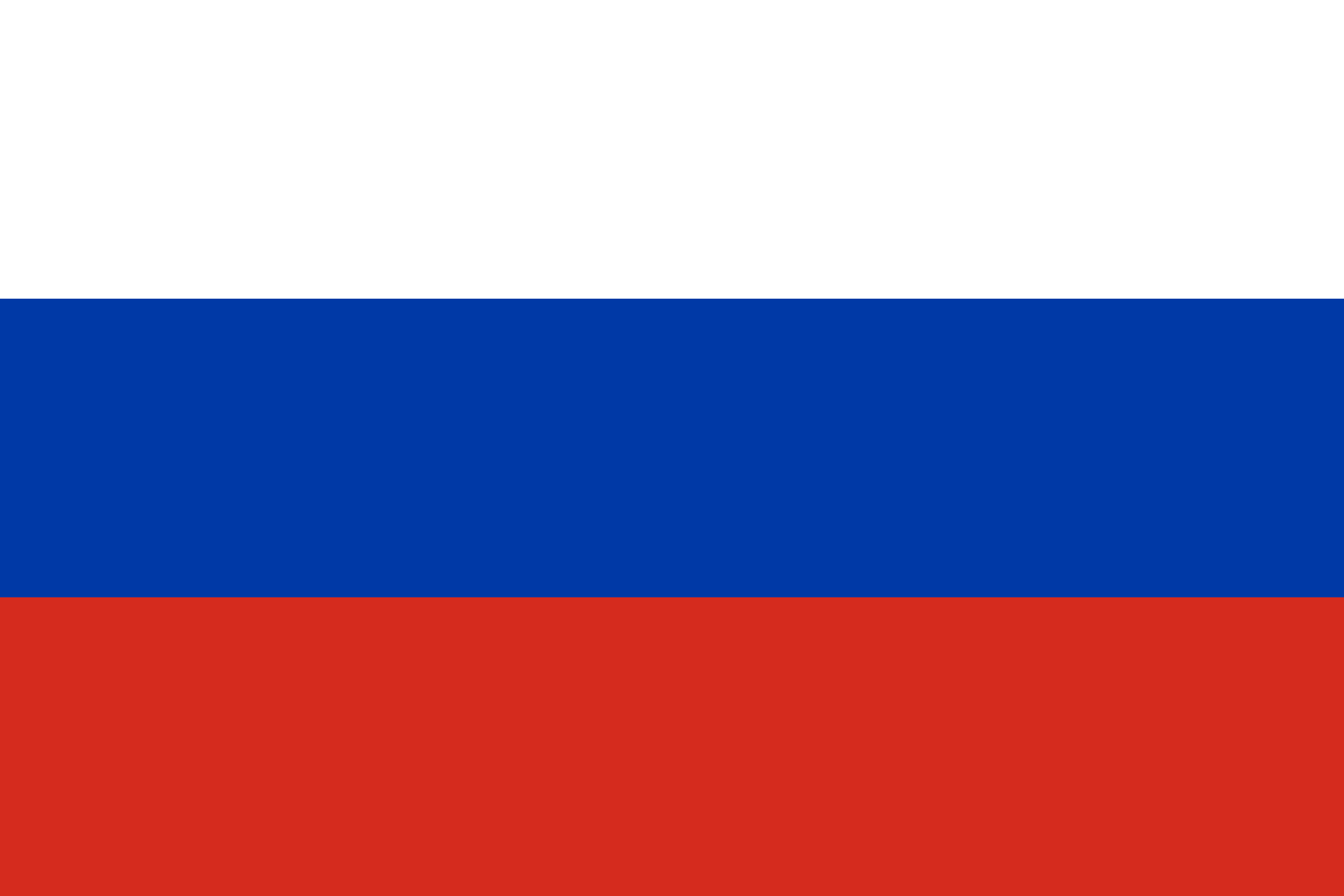
Musée du Blocus et de la Défense de Leningrad



 |
Musée du Blocus et de la Défense de Leningrad |
 |
 |
 |
||
Государственный мемориальный музей обороны и блокады Ленинграда |
 |
||||||
| M Chernyshevskaya Чернышевская |
Summer Garden | |||||
| Pestelya str | ||||||
| Connections |
| Adresse | Соляной пер., 9 |
| Itinéraire à partir de | Description du trajet |
| Description sommaire |
Créé pendant la guerre, ce musée unique est ouvert trois mois après la fin du blocus de Leningrad. Mais il est fermé en 1949 par les autorités staliniennes, qui veulent cacher les conséquences du terrible blocus. Les collaborateurs du musée sont emprisonnés, le directeur est exécuté, et de nombreux objets sont détruits. Le musée a rouvert ses portes en 1989. Le musée comprend un grand hall d’exposition, avec un espace consacré aux affiches en temps de guerre. Également, une exposition sur la vie artistique au temps du blocus. On voit que malgré le manque terrible de ressources, en particulier durant l’hiver de 1941-1942, beaucoup de salles de concert et de théâtre ont continué à fonctionner. Le point central de l’exposition est la reproduction d’un appartement du temps du blocus de Leningrad, avec fenêtres calfeutrées, murs noircis par la fumée, et un mobilier réduit au strict minimum car la plupart des meubles étaient brûlés pour se réchauffer. Le musée a pour but de présenter les forces en présence, avec des mannequins finlandais, allemands et bien évidemment soviétiques, mais également d'aller plus loin qu'un simple musée militaire en présentant aussi les conditions de vie dans la ville pendant le siège de Leningrad. This small but extremely moving museum commemorates perhaps the most harrowing period of the city's history - the 900-day Blockade of Leningrad which lasted from 8 September 1941 to 17 January 1944. For two-and-a-half years, the citizens of Leningrad suffered chronic privations and constant bombardment. Although the precarious Road of Life brought supplies across the ice of Lake Ladoga in the winter months, food was woefully short, fuel was scarce in winter, and in summer the dire state of sanitation spread disease at epidemic levels. In all, over 700,000 civilians died during the Blockade. Their sacrifice and the extraordinary endurance of the survivors is etched on the conscience of the city, a source of immense pride and profound sorrow. A memorial museum was established around the current site immediately after the end of the blockade, and covered an area over thirty times the size of the present exhibition. A number of 'trophy' Nazi tanks and aircraft were among the 37,000 exhibits, many of which were donated by citizens. Fearing the unifying power of such a monument, Stalin ordered its destruction during his purge of the Leningrad Party in 1948. The museum's director was shot, the larger exhibits were disbursed and destroyed in secret, and the rest were burnt until there was nothing left. It was not until the late eighties that it became possible to re-establish the museum. Once again, Blockade survivors and their families provided most of the exhibits, and the museum reopened on 8 September 1989. The central displays document the even more harrowing civilian experience of the Blockade, and include a wealth of fascinating propaganda material (including anti-Bolshevik leaflets dropped by the Finns and the Nazis into the besieged city), a mock-up of a typical apartment interior of the time, an example of the pitiful daily bread ration (125 grams for a civil servant and his family), and numerous handwritten and drawn testaments to the privations and horrors of life under siege. |
| Photos | ||
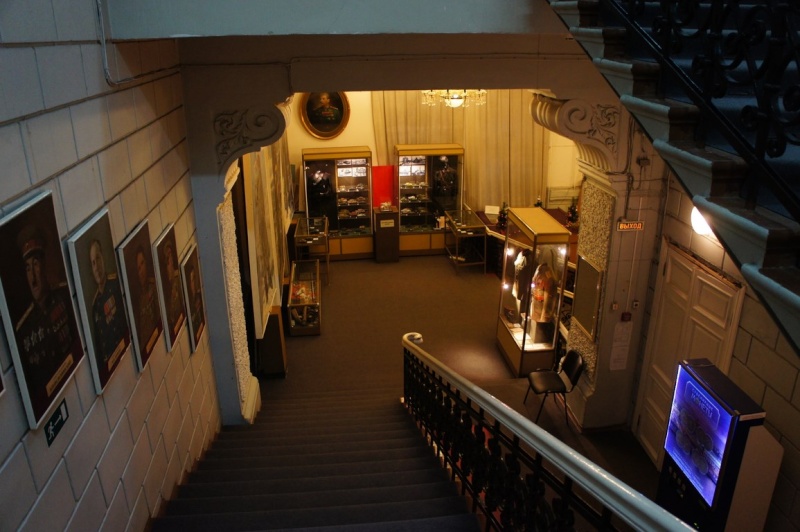 |
 |
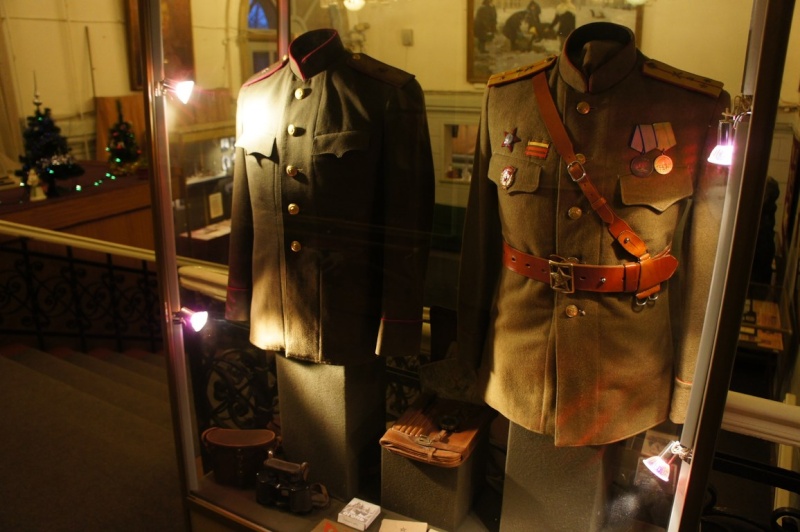 |
Escalier d'entrée, puis galerie de portraits |
||
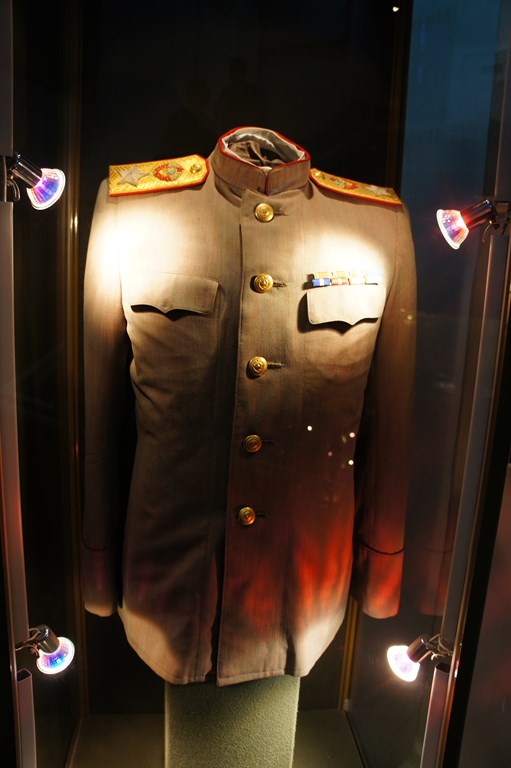 |
||
Une veste de Maréchal de l'Union Soviétique, avec ses pattes d'épaules si reconnaissables... |
||
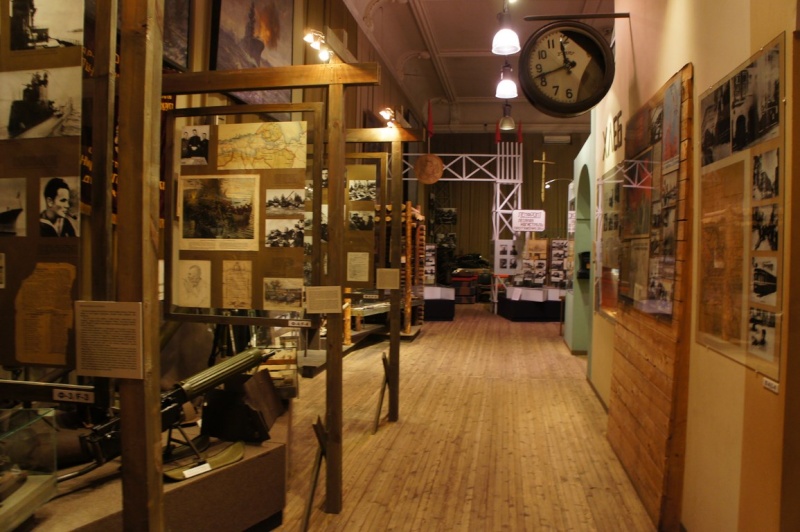 |
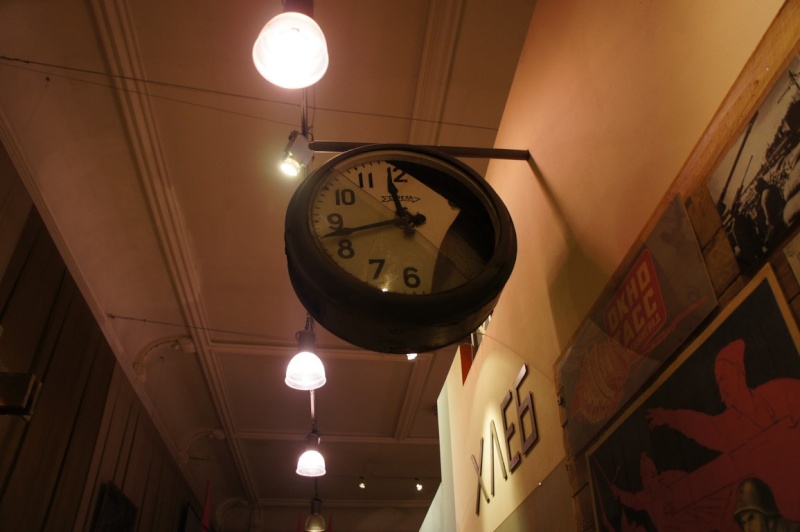 |
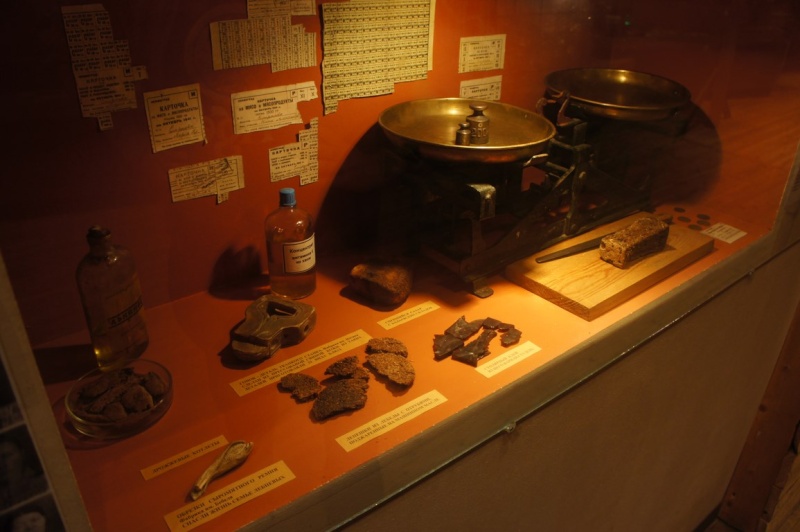 |
L'une des vitrines présentant les rations alimentaires au plus fort du blocus. |
||
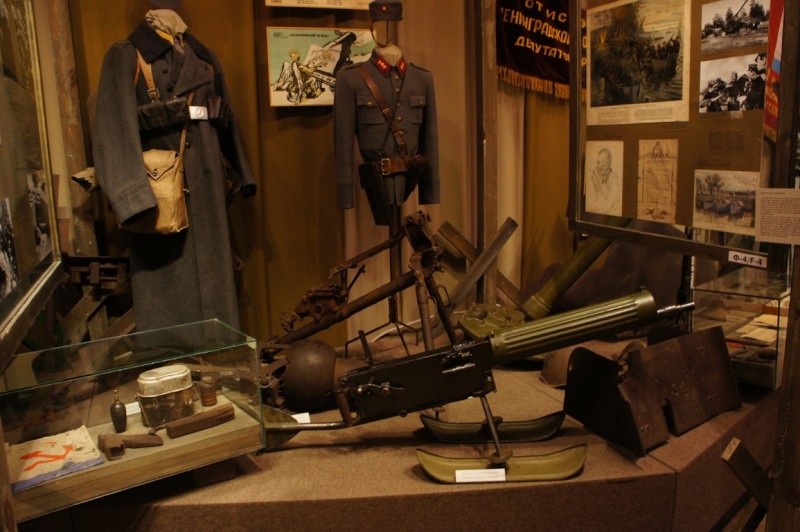 |
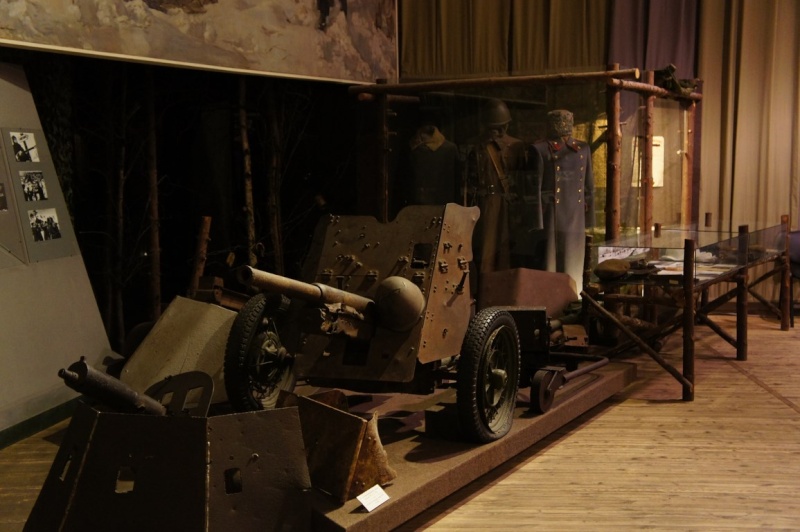 |
 |
 |
 |
 |
| A voir |
|
|
| A faire |
|
|
| Type | Caractéristiques | Evaluation | |||||||
| Histoire |
| Photos | ||
| Contact - Nom | Téléphone / gsm | web | note | |
| info | ||||
| réservation | ||||
| office |
| Heures d'ouverture | Fermeture suppl | |||||||||
| Hours: | Tickets: jusque |
Jeudi | ||||||||
| lundi | mardi | mercredi | jeudi | vendredi | samedi | dimanche | 1 janvier |
|||
| Basse saison | 9 mai | |||||||||
| Haute saison | 31 décembre | |||||||||
| Prix | Entrée gratuite | Paiement - Cartes acceptées | ||||
| Adulte | Adulte > 60 - 65 | Etudiant | Enfant | Groupe | The third Thursday of a month (except May, June, July, August) | |
| Services, facilités | ||||||||||||
Audioguide |
Langues |
Wifi |
Photo - Vidéo |
Shop |
Consigne |
Vestiaire |
Cafetaria |
ATM |
Visite guidée |
|||
| A proximité |
|||
| Musées, expositions | Restaurants, Hôtels | Parcs, promenades | Divers |
| Sites web | |
| http://www.passionmilitaria.com/t79058-musee-russe-le-musee-du-blocus-a-st-petersbourg | |